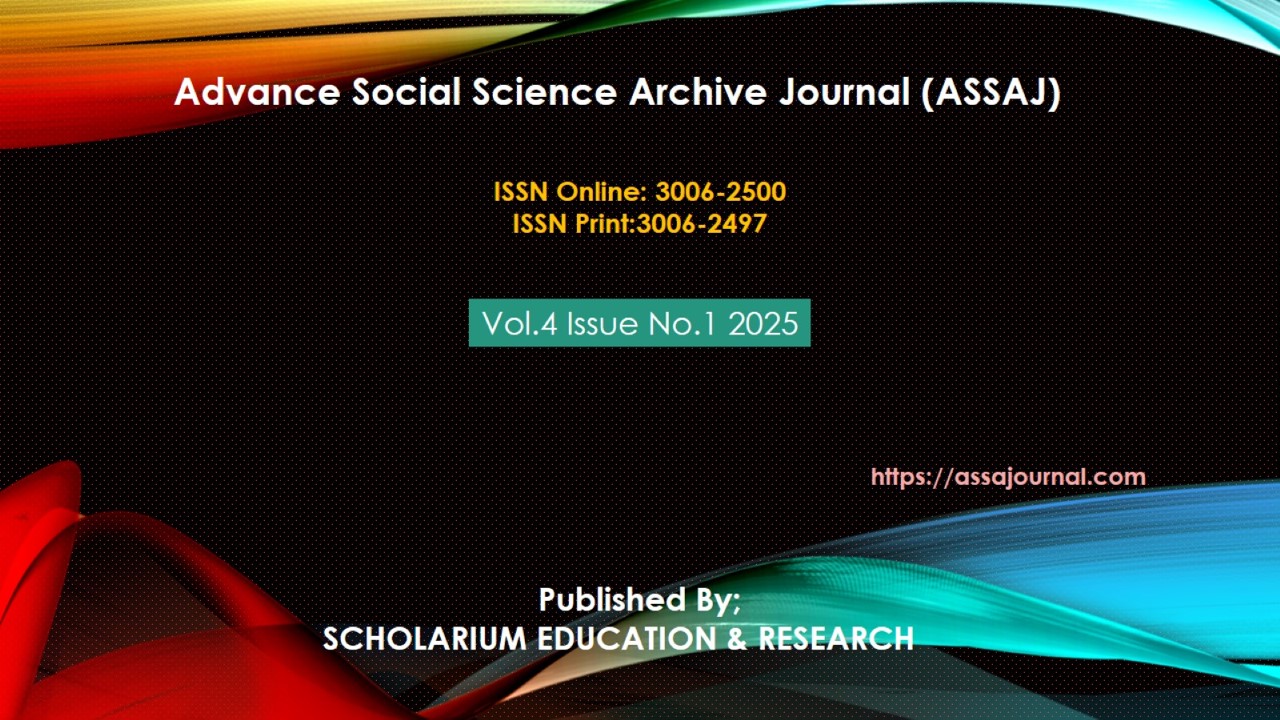Impact of School Heads’ Leadership Styles on Emotional Environment at Secondary School Level in Southern Districts of Khyber Pakhtunkhwa
https://doi.org/10.5281/zenodo.17409471
Abstract
Leadership plays a crucial role in shaping the school environment, directly influencing teacher performance and student well-being. Understanding these dynamics can help develop more effective leadership strategies to create a positive and supportive educational setting. The study focused on Impact of School Heads’ Leadership Styles on the Emotional Environment of Schools at Secondary level in Southern Districts of Khyber Pakhtunkhwa. A quantitative survey design was used. The population of the study included all female teachers serving in public schools at secondary level in the southern districts, consisting of 159 institutions with a total population of 1,512 teachers. The data was collected from 307 teachers through stratified sampling technique using a self-developed "Leadership Styles Questionnaire" (LSQ) and School Environment Questionnaire (SEQ). The LSQ assessed leadership styles and school environment emotional, dimension. The research instruments were reviewed by experts and finalized, after which a pilot study involving 31 teachers, was conducted. The reliability test using Cronbach’s Alpha yielded strong internal consistency values of 0.70 for the Leadership Styles Questionnaire and 0.77 for the School Environment Questionnaire, thereby establishing both instruments as valid and reliable for the main research. Descriptive statistics such as mean and standard deviation were used to analyze the to achieve the first and second objective, and inferential statistics such as regression was used to achieve the third objective. Findings context of participative leadership style showed that teacher engagement were noted, there was no strong indication that heads frequently sought input from staff in administrative and instructional matters.as well as uncertainty about the accessibility of these resources were noted. Findings indicated the influence of leadership in shaping school dynamics, showing the significance of leadership practices in cultivating a well-structured and supportive environment for both students and staff. Recommendations were drawn suggesting demonstration of participative leadership style by involving teachers in decision making process, sharing sufficient information to enhance teaching effectiveness, ensuring the effectiveness of counseling services and emotional support by the principal.
Key Words: School Heads’ Leadership Styles, Emotional Environment, Secondary Schools, KP





